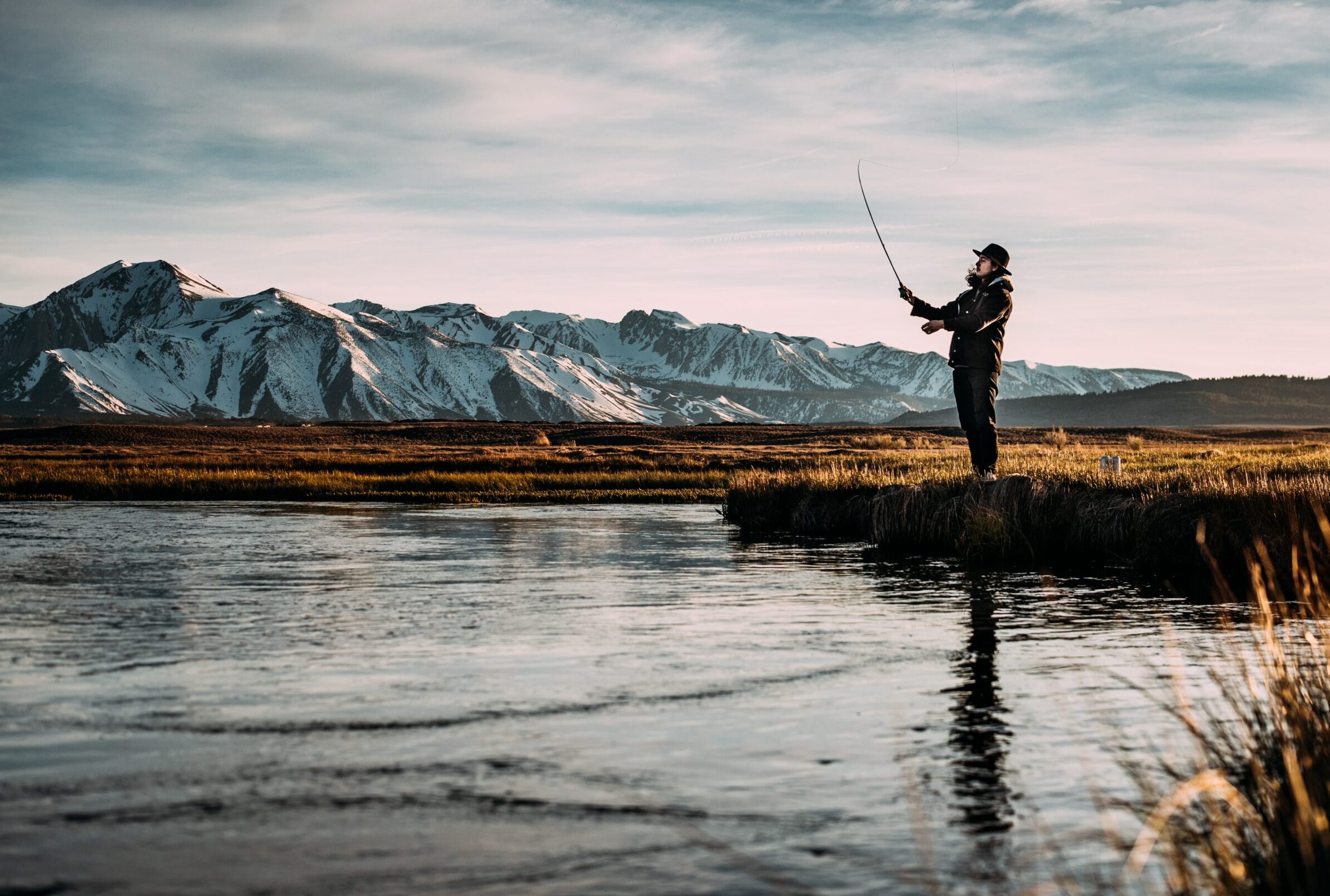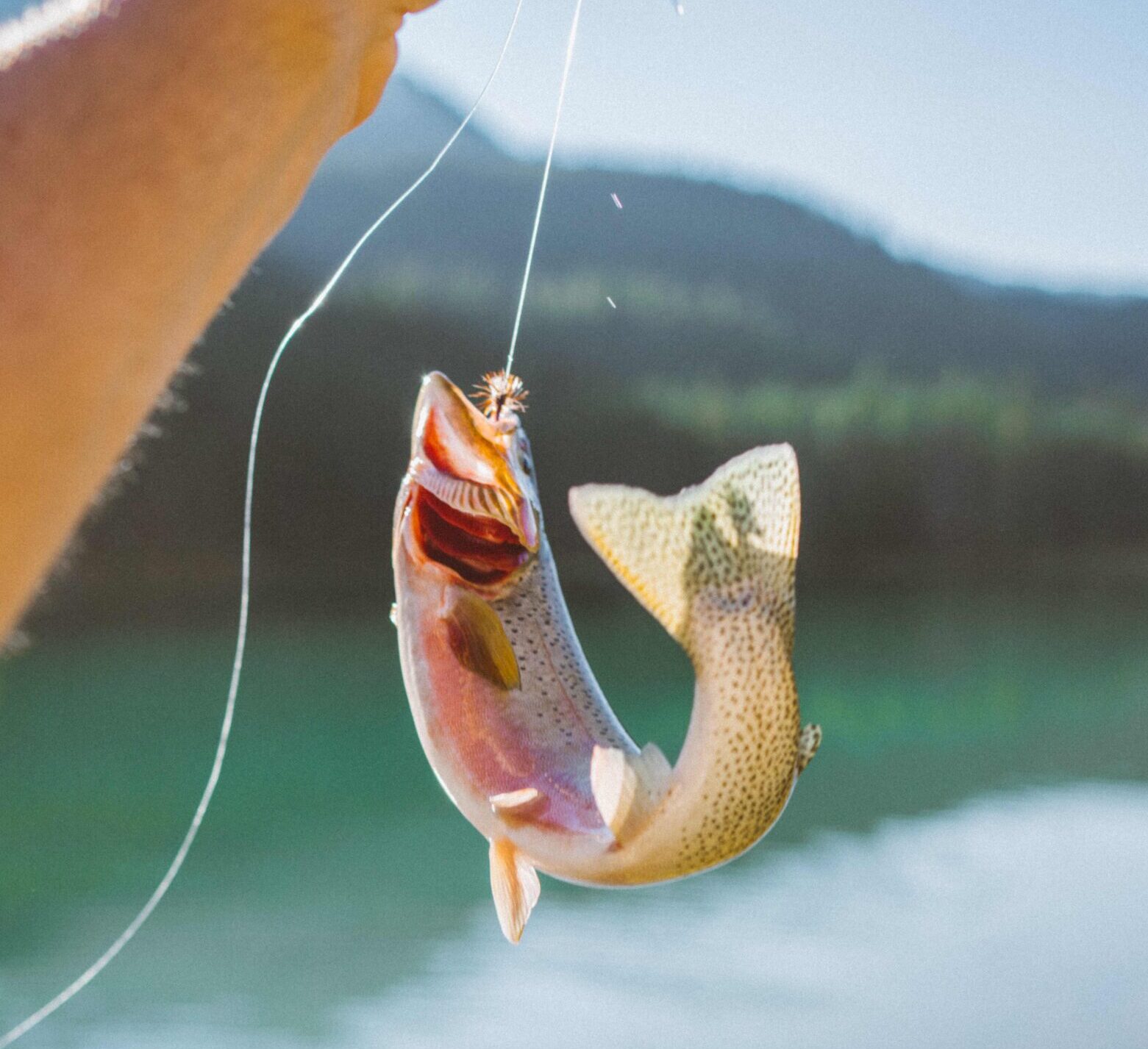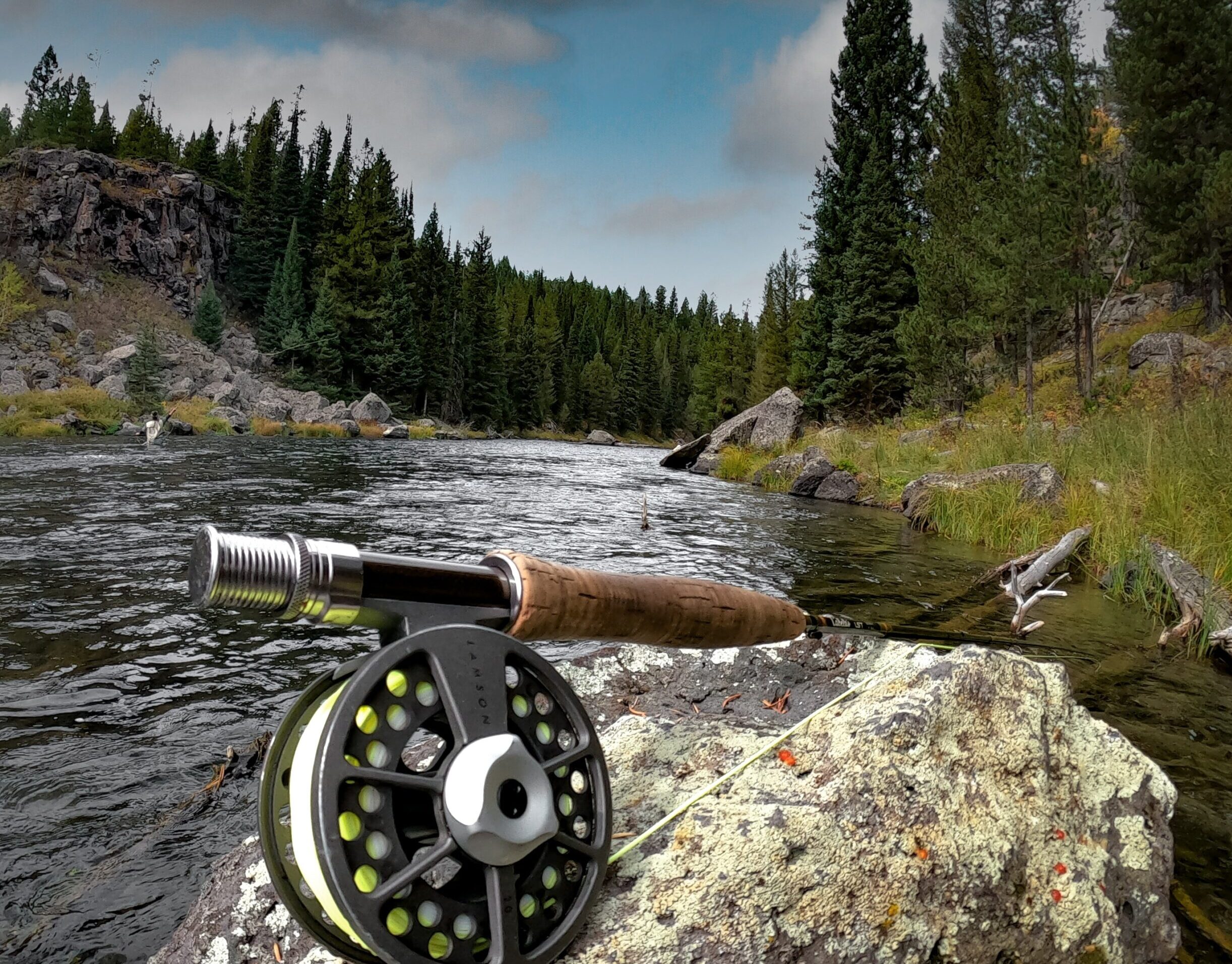When it comes to fly fishing, there’s no doubt that nymphing is one of the most effective techniques for catching trout. While many anglers prefer casting dry flies on the surface, using a well-presented nymph beneath the water can yield outstanding results. If you’re looking to expand your fly fishing repertoire and learn more about this technique, you’ve come to the right place! In this post, we’ll explore various nymphing strategies that will help you fool even the wariest of trout lurking below the surface. So grab your gear and let’s dive in!
The Different Types of Nymphing Techniques
When it comes to nymphing, there are various techniques that anglers can use to lure trout beneath the surface. Understanding these techniques is crucial for successful nymph fishing.
One of the most popular types of nymphing is called “indicator nymphing.” This involves attaching a buoyant indicator to your line and suspending one or more weighted flies beneath it. The angler then watches for any movement in the indicator, which signals a bite from a fish.

Another technique is known as “Euro-nymphing” or tight-line nymphing. In this method, anglers rely on their ability to feel subtle strikes by maintaining direct contact with their fly through the use of specialized lines and leaders.
Sight-nymphing is another effective method where an angler actually sees the trout before casting at them. This requires careful observation skills and stealthy movements so as not to spook the fish.
There’s also drift-boat nymph fishing where anglers cast upstream while drifting downstream in a boat or raft. It’s important for anglers using this technique to make precise casts so they don’t snag on rocks or other obstacles in the water.
Each type of nymph fishing has its own set of challenges and rewards, but mastering all four techniques will give you an edge when targeting stubborn trout feeding beneath the surface.
Why Nymphing is Effective for Trout Fishing
Nymphing is an effective technique for trout fishing because it mimics the natural behavior of underwater insects. Trout are known to feed on nymphs that are emerging from the riverbed, making nymphing a highly successful method of catching them.
When done correctly, nymphing can be more productive than other types of fly fishing. This is especially true during times when hatches are not present and fish are feeding primarily below the surface. Nymphs imitate aquatic insects in their juvenile stages, which make up a significant portion of a trout’s diet.
Another reason why nymphing works well is that it allows anglers to cover all depths of water column effectively. Unlike dry flies or streamers that float or swim on top of the water, nymphs sink beneath the surface where most fish reside. With proper weight placement and drift control, you can target specific areas where trout may be holding.
This technique requires patience and focus – two qualities essential for any angler looking to catch trophy-sized fish. The subtle takes that come with nymphing require quick reflexes and excellent timing skills to set the hook properly.
Understanding why nymphing is so effective for trout fishing will help you become a better angler overall. By taking advantage of this versatile technique’s strengths, you’ll increase your chances of catching more fish throughout the year while honing essential fly-fishing skills along the way.
How to Get Started with Nymphing
Getting started with nymphing may seem intimidating at first, but it’s not as complicated as it seems. Here are some tips to help you get started.
First, make sure you have the right gear. You’ll need a fly rod and reel specifically designed for nymphing, along with some weighted flies and tippet material. It’s also important to wear appropriate clothing and footwear for wading in rivers or streams.
Next, choose the right location. Look for slow-moving water where trout are known to feed on insects near the bottom of the riverbed. This could be in deep pools or riffles.
When setting up your rig, start by attaching your leader to your line using a loop-to-loop connection. Then tie on your tippet material and attach your weighted fly using a clinch knot.
Practice casting techniques that will allow you to present the fly naturally and effectively to hungry trout beneath the surface of the water.
Remember that practice makes perfect when it comes to nymphing technique – don’t be discouraged if it takes some time before you start catching fish consistently!
Tips for Successful Nymphing
Successful nymphing is all about paying attention to the details. Here are some tips to help you improve your nymphing game:
1. Choose the Right Fly
When it comes to nymphing, choosing the right fly can make all the difference. Pay close attention to what insects are hatching and try to match your flies accordingly.
2. Keep Your Line Tight
One of the keys to successful nymphing is keeping a tight line between you and your fly. This will allow you to feel even subtle strikes from fish.
3. Vary Your Retrieve
Don’t be afraid to experiment with different retrieve speeds and patterns until you find what works best in a given situation.
4. Watch for Indicators
Whether it’s a strike indicator or simply watching for any movement in your line, being vigilant for signs of action can greatly increase your chances of hooking a trout.
5. Be Patient
Nymphing requires patience – both in terms of waiting for fish to bite and taking time between casts so as not to spook them.
By following these tips, you’ll be well on your way towards becoming an expert at nymph fishing!

To sum it up, nymphing is an effective and popular technique for catching trout beneath the surface. By understanding the different techniques and strategies involved in nymphing, anglers can greatly improve their chances of success on the water.
Remember to always adjust your approach according to the conditions of the day, including water temperature, weather patterns and fish behavior. Pay attention to how your flies are drifting through the water column and be patient with your presentations.
With practice and persistence, even novice anglers can become adept at nymphing for trout. So go ahead and give it a try – you might just find that this method becomes one of your favorite ways to catch fish!


